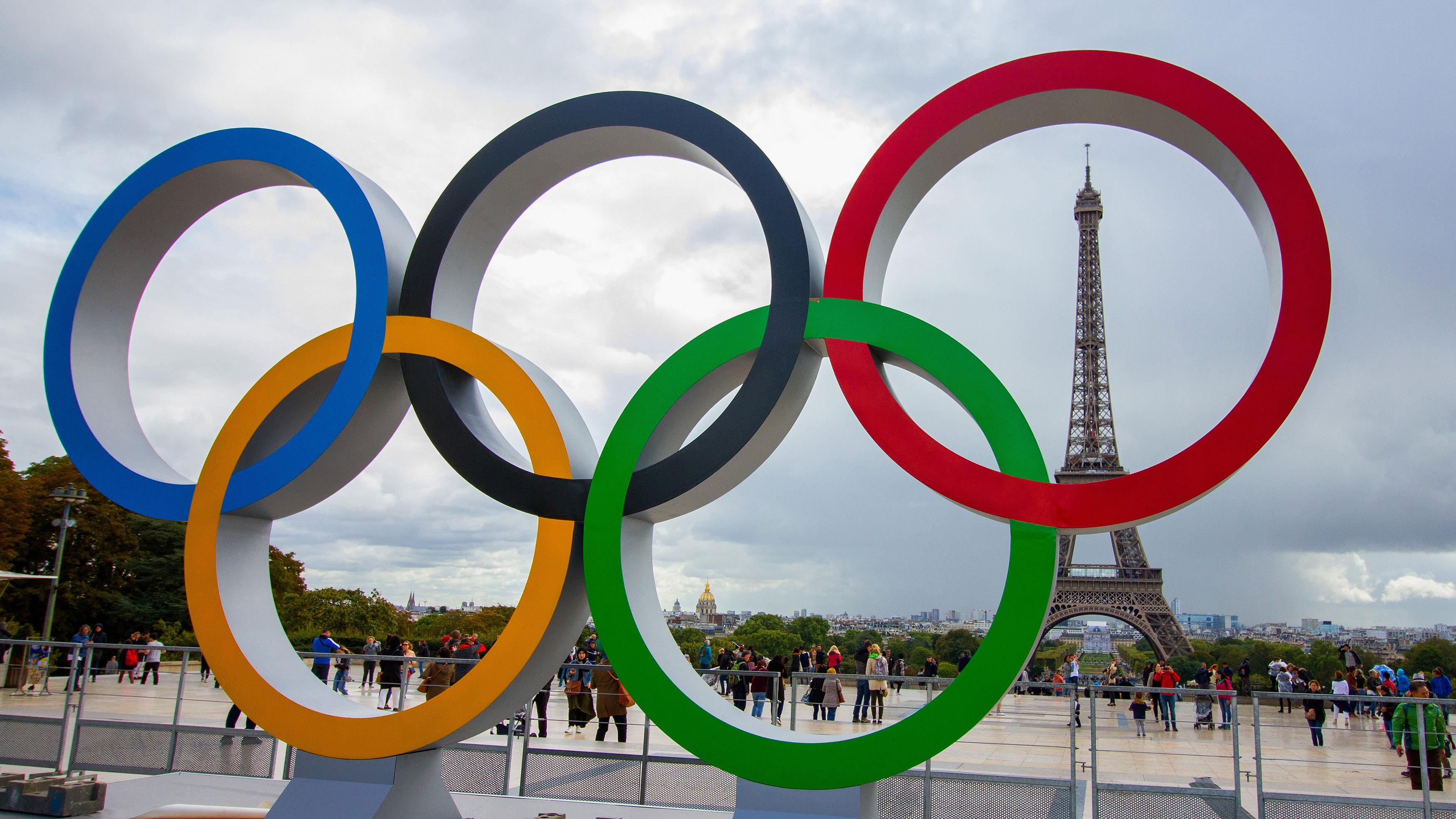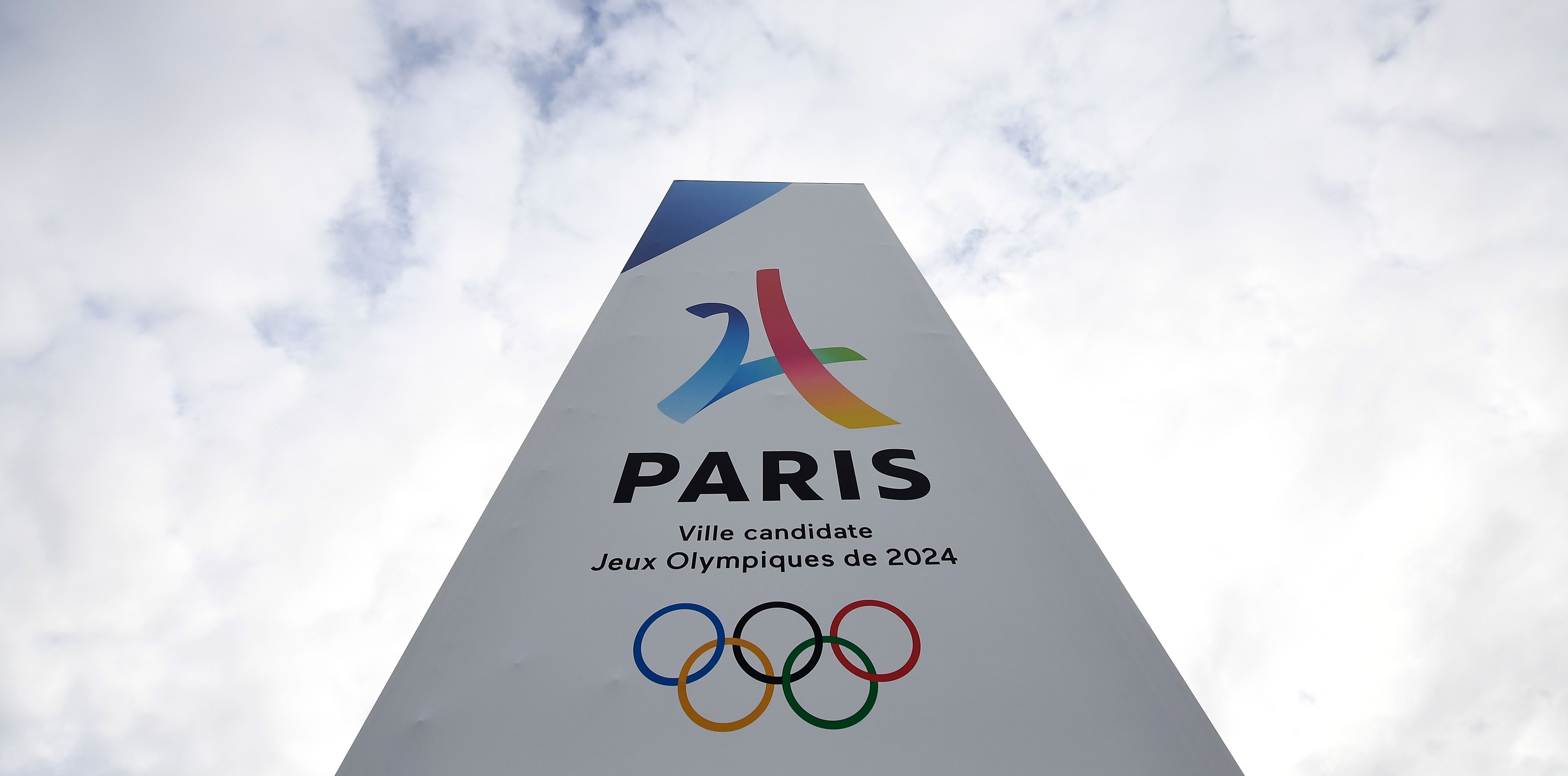Athletes around the world have waited four years for their shot at the ultimate goal of a medal from the 2024 Olympics in Paris. Decorated athletes like gymnast Simone Biles and swimmer Katie Ledecky will be looking to add to their hardware collection at the Paris Games, while some Team USA members will hope to take home their first medals.
Here is a look at the history of Olympic medals, what they are going to look like in Paris and what athletes do with the iconic hardware.
When were medals first awarded at the Olympics?
In the ancient Olympic Games, which can be dated back to 776 BCE, victors were adorned with olive wreaths rather than the medals we see in today’s competition.
The first modern Olympic Games in Athens in 1896 is where the tradition of awarding medals to winners began. The first-place winner was given a silver medal, second place was awarded a bronze medal and those who came in third left empty handed. The now-famous tradition of gold, silver and bronze medals began in 1904 at the St. Louis Olympics.
The host city’s organizing committee is responsible for designing the awards. Regulations from the International Olympic Committee require that the design of each medal includes the following elements: Nike — the Greek goddess of victory — in front of the Panathinaikos Stadium, the official name of the respective Games (this summer’s will say “Jeux de la XXXIII Olympiade Paris 2024”) and the Olympic five rings symbol.
Get Tri-state area news delivered to your inbox. Sign up for NBC New York's News Headlines newsletter.
What do the 2024 Paris Olympic medals look like?
Data and Images: IOC
Nina Lin and Andrew V. Pestano / NBC
Olympic and Paralympic medalists will take a piece of Paris back with them after departing the French capital this summer.
Medals for the 2024 Summer Games, designed by Paris 2024 and Chaumet, contain a piece of original iron from the Eiffel Tower in the middle. The metal is molded into a hexagon, which is the geometrical shape of France itself. In addition, gold medals contain six grams of gold and weigh 529 grams in all.
On the flip side of the medals is an homage to the rebirth of the Olympic Games in Greece and a nod to this year’s host city. For the 2024 Summer Olympics, the back side of the medals includes Athena Nike, the goddess of victory, emerging from the Panathenaic Stadium with the Acropolis of Athens and Eiffel Tower in the background.
The medal ribbons will feature the Eiffel Tower lattice work. The ribbons will be dark blue for the Olympics and deep red for the Paralympics.
Why do Olympians bite their medals?
You may have noticed that Olympians don’t just show off their medals when they receive them -- they actually … go for a taste?
The main reason why Olympians bite their medals is an obvious one: it’s a great pose for the cameras.
“It’s become an obsession with the photographers,” David Wallechinsky, president of the International Society of Olympic Historians, told CNN in 2012. “I think they look at it as an iconic shot, as something that you can probably sell. I don’t think it’s something the athletes would probably do on their own.”
But where did this practice of Olympians biting their medals originate?
Biting coins was once something that people did in order to see whether they were real gold or just a cheaper metal with gold plating. Because gold is softer and more malleable than other metals, a bite into authentic, solid gold would leave an indentation. However, this would not work with today’s Olympic medals considering that the first-place awards Olympians receive today are actually just over 1% solid gold.
Do Olympians keep their medals?
Some Olympians choose to keep their medals and may display them in their homes, while others find unique places to hide the awards.
Swimmer Michael Phelps, the most decorated Olympian of all time, told Anderson Cooper after the 2008 Beijing Olympics that he stores his gold medals wrapped in a T-shirt in a traveling makeup case. Skier Mikaela Shiffrin told NBC after the 2018 PyeongChang Olympics that she keeps her medals in her sock drawer. Soccer player Christie Pearce (formerly Rampone) admitted to hiding her medals in the last place she thought anyone would look: among her pots and pans.
How much are Olympic medals worth?
Some athletes have opted to sell their hardware. Before being awarded to an Olympian, medals aren’t worth all that much. The value of a melted-down gold medal from the 2020 Summer Olympics was estimated at $820. Gold medals at the 2018 PyeongChang Winter Olympics, by comparison, were worth $555.
It’s only after the medals are in an Olympian's hands that their value skyrockets. Ukrainian boxer Wladimir Klitschko sold his gold medal from the 1996 Atlanta Olympics for $1 million, which he then donated to a children’s charity. American swimmer Anthony Ervin was also able to donate $17,101 to victims of the 2004 Indian Ocean tsunami after selling his gold medal from the 2000 Sydney Olympics on eBay. In 2021, Polish javelin thrower Maria Andrejczyk auctioned off her Olympic silver medal for $125,000 to help an infant in her country who was in need of heart surgery.
Do American Olympians pay taxes on their medals?
American athletes who won Olympic medals used to be required to pay a “victory tax” — both on the value of their medal and on reward money given to them by the US Olympic Committee.
Now, thanks to former President Barack Obama, Olympic athletes are outside the grip of Uncle Sam. Obama signed a bill into law in 2016 that excludes athletes who bring home gold, silver or bronze medals for Team USA from having the IRS knock on their door. Unfortunately for high-profile athletes like Phelps, the only exception is for those who earn more than $1 million a year.
Editor’s note: An earlier version of this article was published in July 2021.





